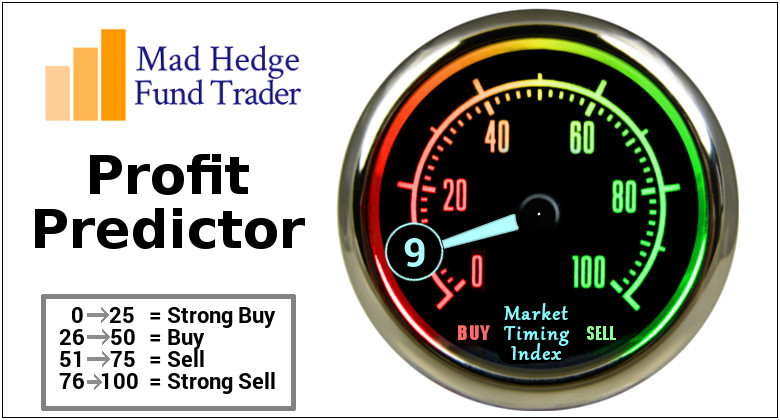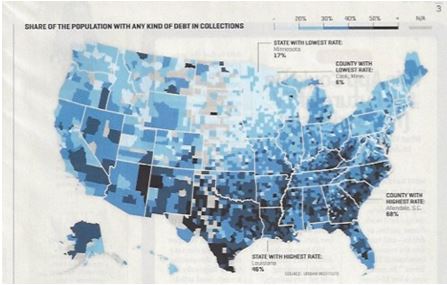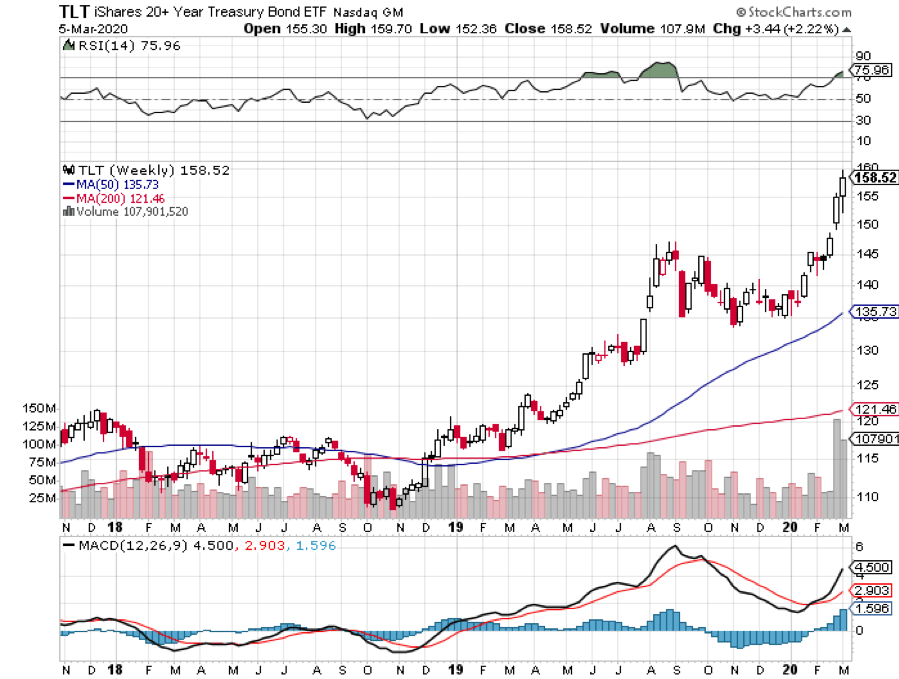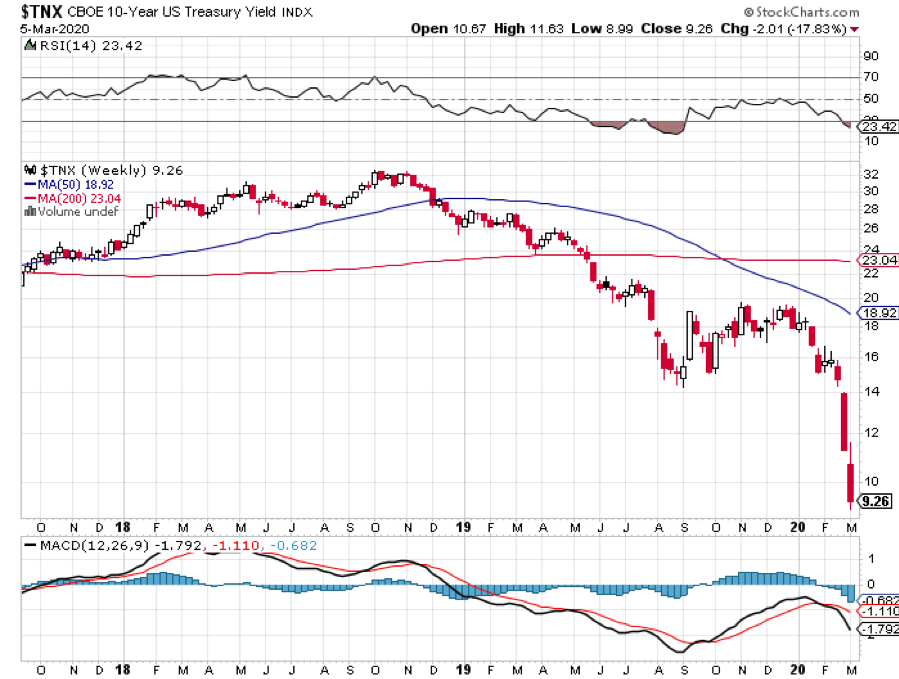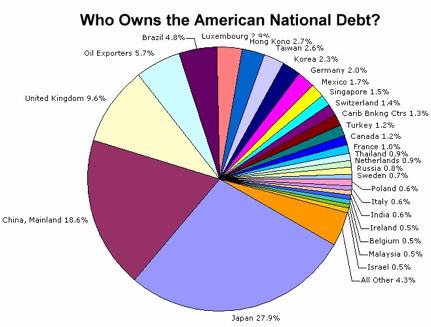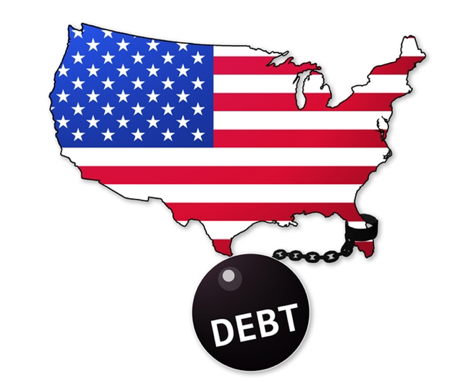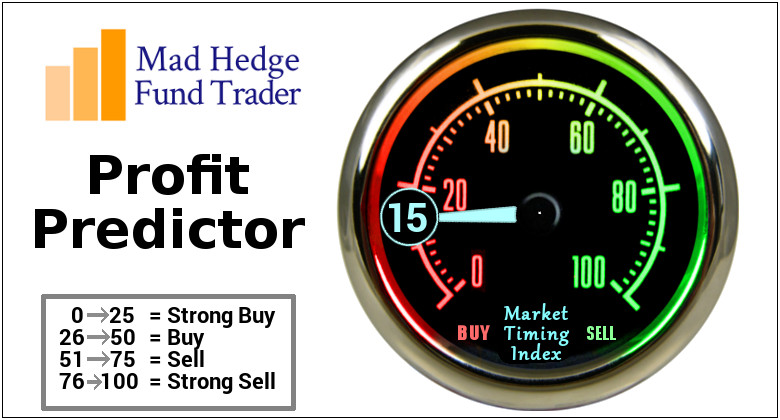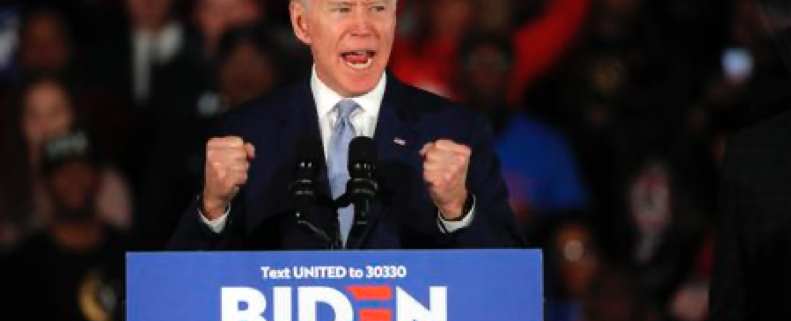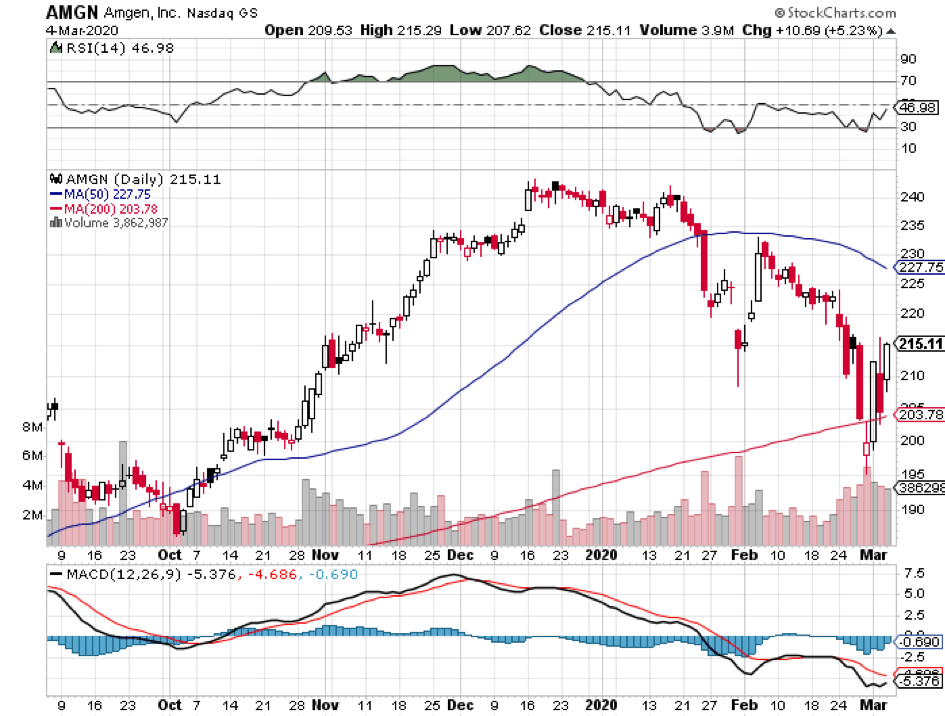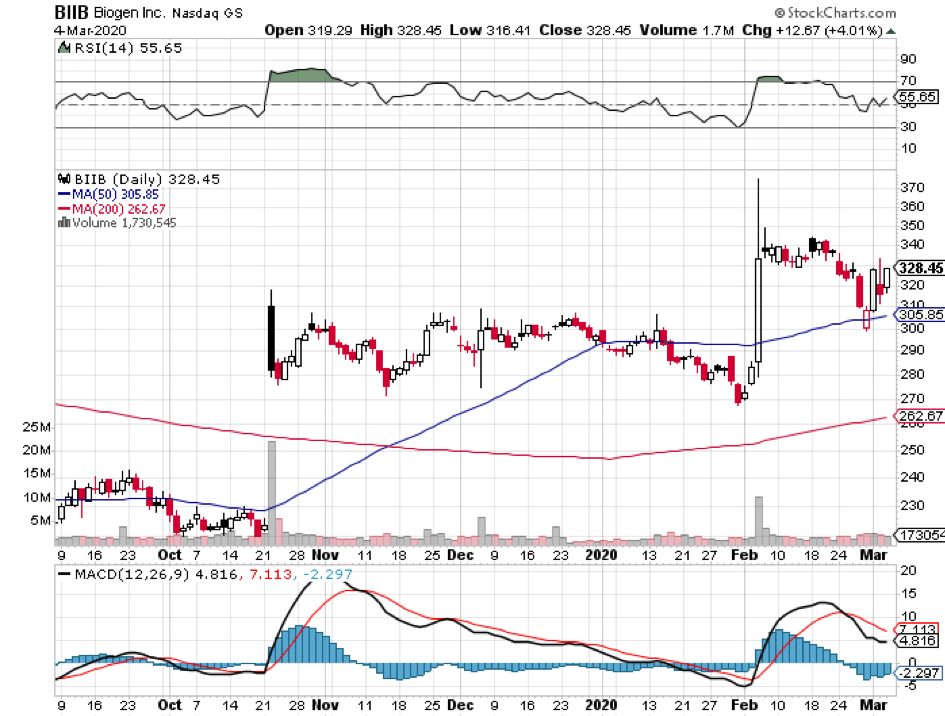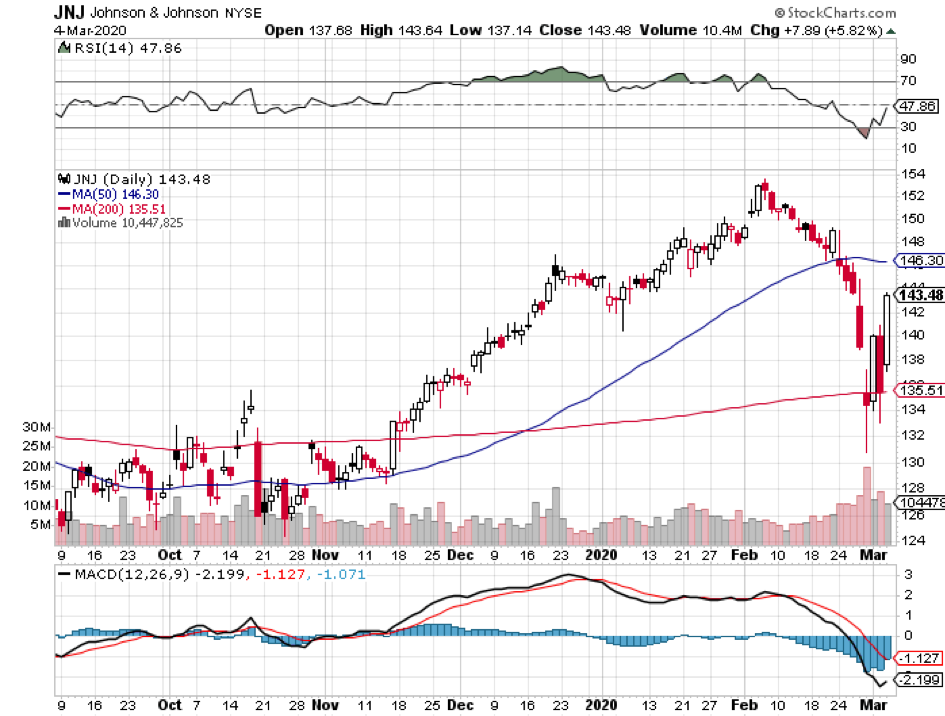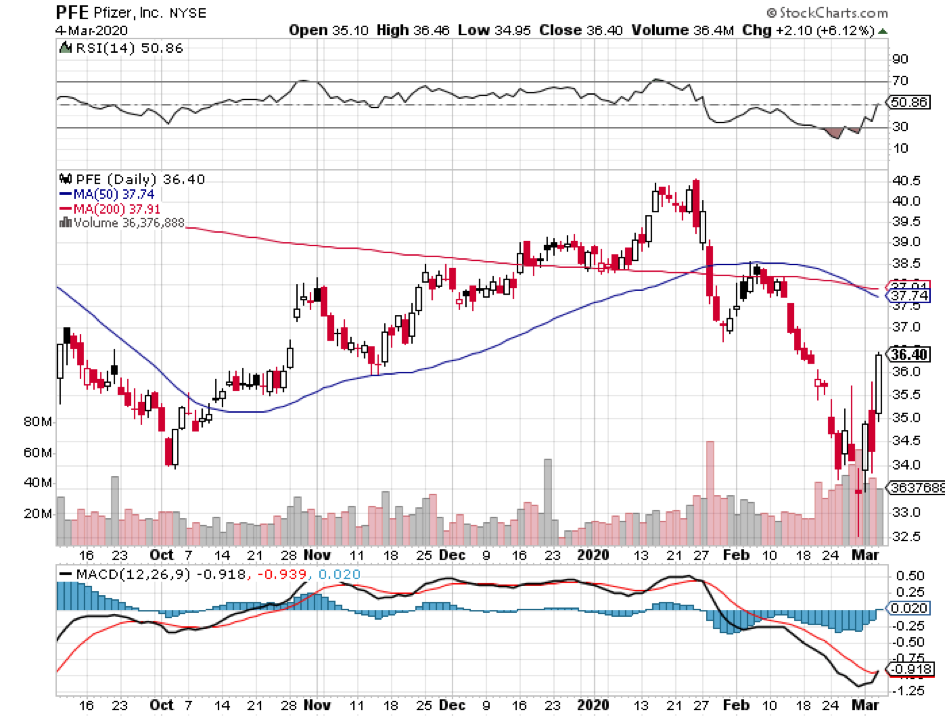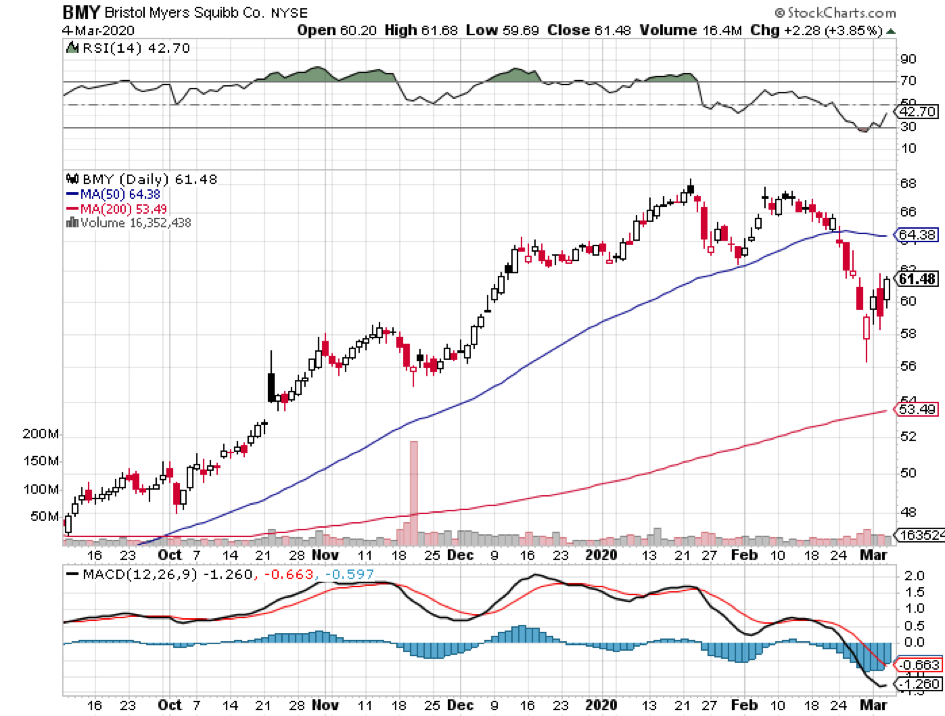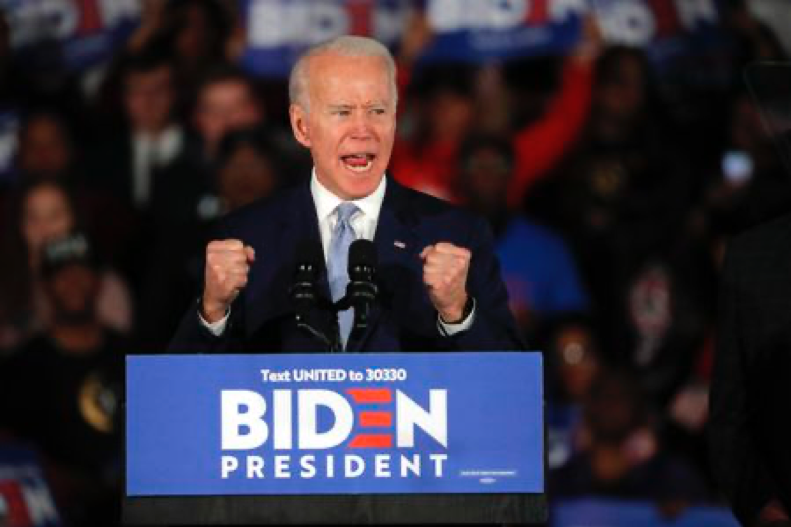“Twitter has been my life's work in many senses. It started with a fascination with cities and how they work, and what's going on in them right now.” – Said Founder and CEO of Twitter Jack Dorsey
Global Market Comments
March 6, 2020
Fiat Lux
Featured Trade:
(THE UNITED STATES OF DEBT),
(TLT), (TBT), ($TNX)
With ten-year US Treasury yields falling below 0.90% today a borrowing rampage of epic proportions is about to ensue. This is not a new thing.
We are, in fact, becoming the United States of Debt.
That Washington is taking the lead in this frenzy of borrowing is undeniable. Since the new administration came into power three years ago, the annual budget deficit has nearly tripled from $450 billion to $1.2 trillion.
Add it all up and the United States government is on track to take the National Debt from $23 trillion to $30 trillion within a decade.
The National Debt exceeded US GDP in 2016, taking the debt to GDP ratio to the highest point since WWII.
Former Fed governor Janet Yellen recently confided to me saying, “It’s the kind of thing that should keep you awake at night.”
It gets worse.
According to the Federal Reserve Bank of New York, total personal debt topped $17 trillion by the end of 2019. An overwhelming share of personal consumption is now funded by credit card borrowing.
Some 33% of Americans now have debts in some form of a collection and that figure reaches an astonishing 50% in many southern states (see map below). Call it the Confederate States of Debt.
Corporations have also been visiting the money trough with increasing frequency taking their debt to $6.1 trillion, up by 39% in five years, and by 85% in a decade.
The debt to capital ratio of the top 1,000 companies has ballooned from 35% to 54% and is now the highest in 20 years.
Another foreboding indicator is that corporate debt is rising faster than sales, with debt rising by a breakneck 8.5% annualized compared to 4.6% for sales over the past decade.
Automobile debt now tops $1 trillion and with lax standards has become the new subprime market.
And remember that other 800-pound gorilla in the room? Student debt now exceeds $1.6 trillion and is rising, as is the default rate. Provisions in the last tax bill eliminate the deductibility of the interest on student debt making lives increasingly miserable for young borrowers. And you wonder why the US birth rate is so low.
Of course, you can blame the low interest rates that have prevailed for the past decade. Who doesn’t want to borrow when the inflation-adjusted long-term cost of money is FREE?
That explains why Apple (AAPL), with $270 billion in cash reserves held overseas, has been borrowing via ultra-low coupon 30-year bond issues even though it doesn’t need the money. Many other major corporations have done the same.
And while everything looks fine on paper now, what happens if interest rates ever rise?
The Feds will be in dire straight very quickly. Raise short term rates to the 6% seen at the peak of the last cycle and the nation’s debt service rockets from 4% to over 10% of the total budget. That’s when the sushi really hits the fan.
You can expect the same kind of vicious math to strike across the entire spectrum of heavily leveraged borrowers going forward, including you and me.
We are also witnessing the withdrawal of the Chinese as major Treasury bond buyers, who along with other sovereign buyers historically took as much as 50% of every issue. Declare a trade war on your largest lender and it plays hell with your cash flow.
Don’t expect them back until the dollar starts to appreciate again, unlikely in the face of ballooning federal deficits.
Rising supply against fewer buyers sounds like a recipe for eventually much higher interest rates to me.
Keep in mind that this is only a decade-long view forward. The next big move in interest rates will be down as we slide into the next recession, possibly all the way to zero. As with everything else in life, timing is everything.
So, like I said, things are about to get a whole lot better for the bond-shorting crowd. Just watch this space for the next Trade Alert regarding when to get back in for the umpteenth time.
When John identifies a strategic exit point, he will send you an alert with specific trade information as to what security to sell, when to sell it, and at what price. Most often, it will be to TAKE PROFITS, but, on rare occasions, it will be to exercise a STOP LOSS at a predetermined price to adhere to strict risk management discipline. Read more
When John identifies a strategic exit point, he will send you an alert with specific trade information as to what security to sell, when to sell it, and at what price. Most often, it will be to TAKE PROFITS, but, on rare occasions, it will be to exercise a STOP LOSS at a predetermined price to adhere to strict risk management discipline. Read more
While the Diary of a Mad Hedge Fund Trader focuses on investment over a one week to a six-month time frame, Mad Day Trader, provided by Bill Davis, will exploit money-making opportunities over a brief ten minute to three-day window. It is ideally suited for day traders, but can also be used by long-term investors to improve market timing for entry and exit points. Read more
Global Market Comments
March 5, 2020
Fiat Lux
SPECIAL MARKET BOTTOM ISSUE
Featured Trade:
(FRIDAY, APRIL 17 SAN FRANCISCO STRATEGY LUNCHEON),
(A LEAP PORTFOLIO TO BUY AT THE BOTTOM),
(TEN LONG-TERM BIOTECH & HEALTHCARE LEAPS TO BUY AT THE BOTTOM)
(UNH), (HUM), (AMGN), (BIIB), (JNJ), (PFE), (BMY)
Come join me for lunch at the Mad Hedge Fund Trader’s Global Strategy Update which I will be conducting in San Francisco on Friday, April 17, 2020. An excellent meal will be followed by a wide-ranging discussion and an extended question-and-answer period.
I will also be bringing some artifacts from my recent trip to the WWII battlefield at Guadalcanal.
I’ll be giving you my up-to-date view on stocks, bonds, currencies, commodities, precious metals, and real estate. And to keep you in suspense, I’ll be throwing a few surprises out there too. Tickets are available for $229.
I’ll be arriving at 11:30 and leaving late in case anyone wants to have a one-on-one discussion, or just sit around and chew the fat about the financial markets.
The lunch will be held at an exclusive private club in downtown San Francisco near Union Square, details of which will be emailed with your purchase confirmation.
I look forward to meeting you and thank you for supporting my research.
To purchase tickets for this luncheon, please click here.
Mad Hedge Biotech & Healthcare Letter
March 5, 2020
Fiat Lux
SPECIAL MARKET BOTTOM ISSUE
Featured Trade:
(TEN LONG TERM BIOTECH & HEALTH CARE LEAPS TO BUY AT THE BOTTOM)
(UNH), (HUM), (AMGN), (BIIB), (JNJ), (PFE), (BMY)
Joe Biden’s romp over Bernie Sanders in the Tuesday Democratic primary takes the lid off on the entire biotech and healthcare sector. Sanders has promised to dismantle the entire sector by promising Medicare for all and banning private coverage.
Sanders was also about to take a cudgel to drug pricing. While Sanders was leading in the primary, the threats hung over the industry like an 800-pound gorilla.
Yesterday, Sanders went down in flames. You can see this clearly in the price action of Humana (HUM), which rose a ballistic 14.44% yesterday. Similarly, United Health Group (UNH) was up a monster 10.72%.
It is safe to say that the bottom is in for biotech and healthcare stocks.
I am often asked how professional hedge fund traders invest their personal money. They all do the exact same thing. They wait for a market crash like we are seeing now and buy the longest-term LEAPs possible for their favorite names.
The reasons are very simple. The risk of a LEAP is limited. You can’t lose any more than you put in. At the same time, they permit enormous amounts of leverage.
Two years out, the longest maturity available for most LEAPs, allow plenty of time for the world and the markets to get back on an even keel. Recessions, pandemics, hurricanes, oil shocks, interest rate spikes, and political instability all go away within two years and pave the way for dramatic stock market recoveries.
You just put them away and forget about them. Wake me up when it is 2022.
I put together this portfolio using the following parameters. I set the strike prices just short of the all-time highs set two weeks ago. I went for the maximum maturity. I used today’s prices. And of course, I picked the names that have the best long-term outlooks.
If you buy LEAPs at these prices and the stocks all go to new highs, then you should earn an average 229% profit from an average stock price increase of only 11.4%. That is a return 20 times greater than the underlying stock gain. And let’s face it. None of the companies below are going to zero, ever. Now you know why hedge fund traders only employ this strategy.
There is a smarter way to execute this portfolio. Put in throw-away crash bids at levels so low they will only get executed on the next 1,000 point down day in the Dow Average.
You can play around with the strike prices all you want. Going farther out of the money increase your returns, but raises your risk as well. Going closer to the money reduces risk and returns, but the gains are still a multiple of the underlying stock.
Buying when everyone else is throwing up on their shoes is always the best policy. That way your return will rise to ten times the move in the underlying stock.
Amgen (AMGN) - January 21 2022 $235-$240 bull call spread at $3.68 delivers a 172% gain with the stock at $245, up 14% from the current level
Biogen (BIIB) - January 21 2022 $365-$375 bull call spread at $3.89 delivers a 157% gain with the stock at $375, up 14% from the current level
Johnson & Johnson (JNJ) - January 21 2022 $150-$155 bull call spread at $1.63 delivers a 206% gain with the stock at $155, up 8.3% from the current level
Pfizer (PFE) - January 21 2022 $40-$45 bull call spread at $1.05 delivers a 376% gain with the stock at $40.60, up 11.5% from the current level
Bristol Meyers Squibb (BMY) - January 21 2022 $65-$70 bull call spread at $1.50 delivers a 233% gain with the stock at $68, up 11.40% from the current level
Is He Saying “BUY”?
Legal Disclaimer
There is a very high degree of risk involved in trading. Past results are not indicative of future returns. MadHedgeFundTrader.com and all individuals affiliated with this site assume no responsibilities for your trading and investment results. The indicators, strategies, columns, articles and all other features are for educational purposes only and should not be construed as investment advice. Information for futures trading observations are obtained from sources believed to be reliable, but we do not warrant its completeness or accuracy, or warrant any results from the use of the information. Your use of the trading observations is entirely at your own risk and it is your sole responsibility to evaluate the accuracy, completeness and usefulness of the information. You must assess the risk of any trade with your broker and make your own independent decisions regarding any securities mentioned herein. Affiliates of MadHedgeFundTrader.com may have a position or effect transactions in the securities described herein (or options thereon) and/or otherwise employ trading strategies that may be consistent or inconsistent with the provided strategies.



